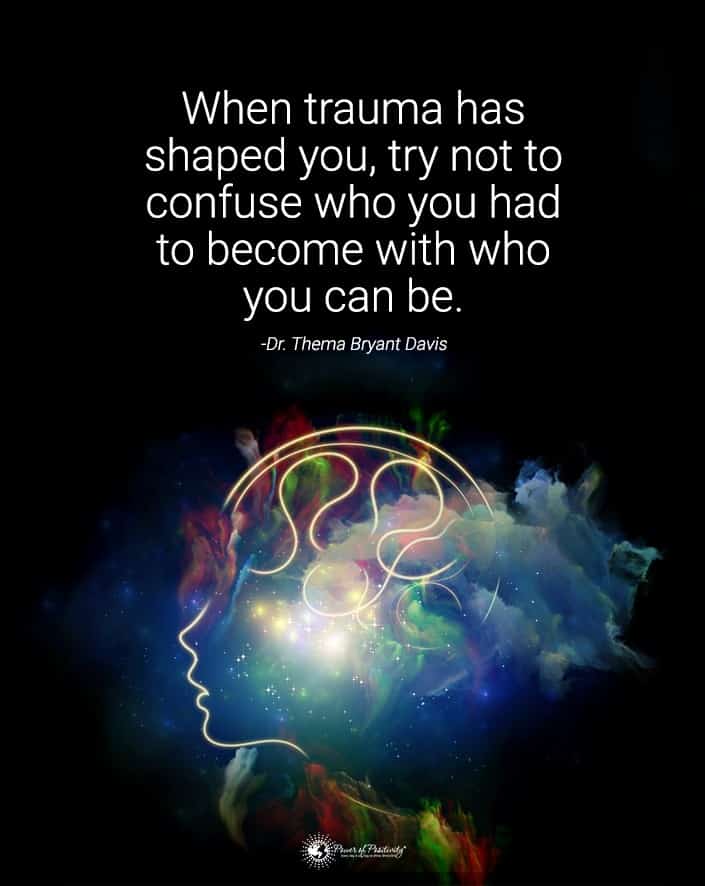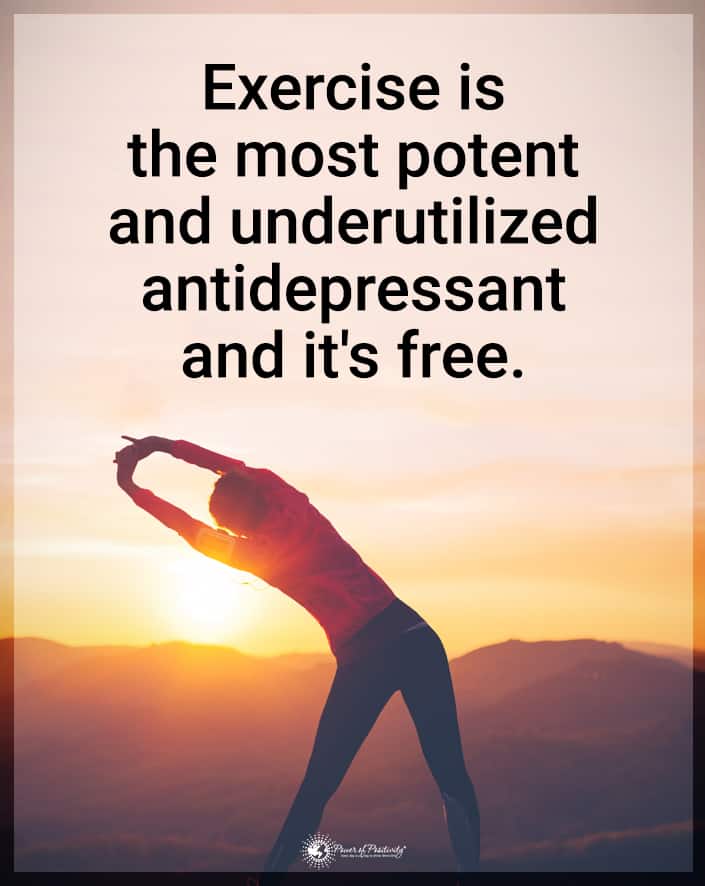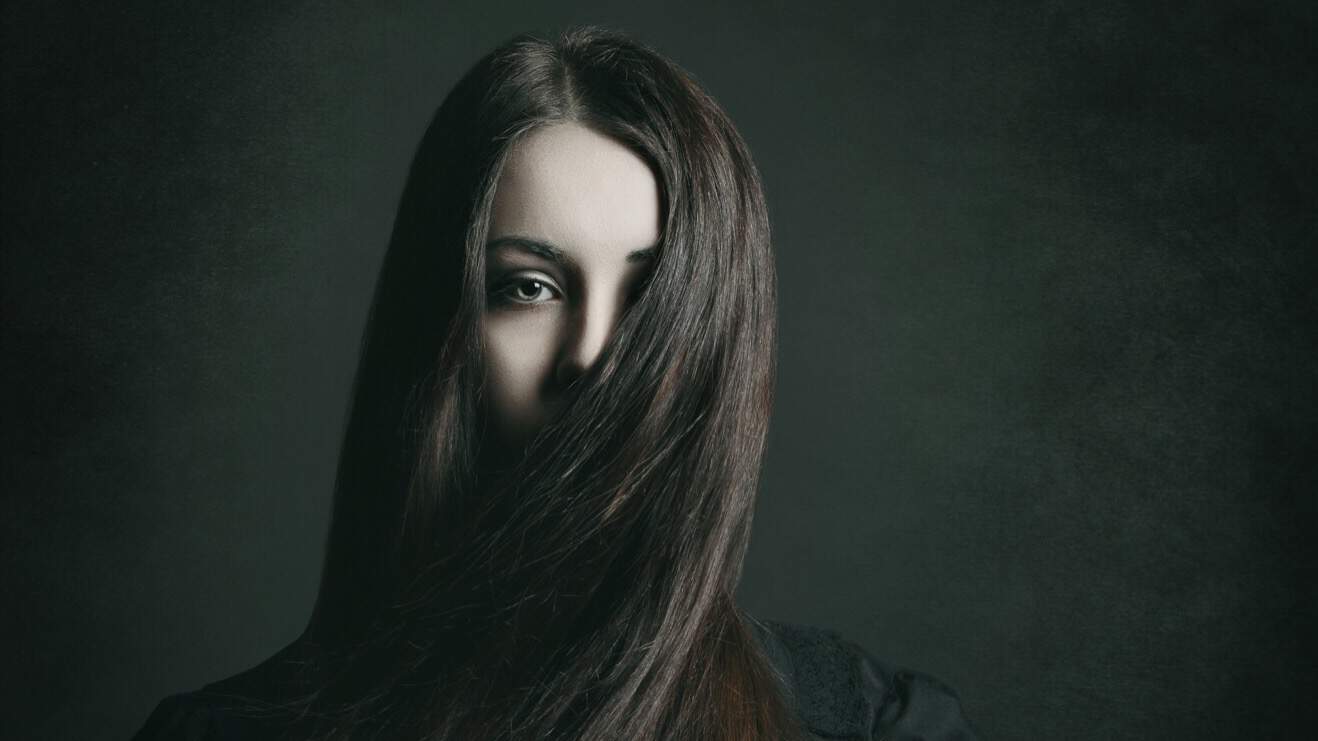Depression continues to soar to epidemic levels. Today, look at the three most common types: chronic, major, and manic depression.
The above statement is not hyperbole. Indeed, even the World Health Organization agrees:
“Depression is a common mental disorder. Globally, more than 300 million people of all ages suffer from depression. (It) is the leading cause of disability worldwide, and is a major contributor to the overall global burden of disease.” – The World Health Organization
Frustration and Bafflement
When a person experiences the symptoms of depression, they’re scared, frustrated, and baffled at the same time.
So consider this explanation of the causes of depression from the World Health Organization (WHO):
“Depression results from a complex interaction of social, psychological and biological factors.”
In other words, depression can originate from societal factors and underlying brain and body problems.
So this doesn’t tell us much.
However, one thing scientists have come to a consensus about is people who experience an “adverse life event (unemployment, bereavement, psychological trauma)” are at a higher risk of developing depression. Sadly, depression’s effects on a person’s mind are far-reaching. Every thought seems cloudy. Furthermore, life seems pointless.
And people don’t know why the hell it’s happening to them.
As a writer, it’s never a joyous occasion to write about depression. However, there is comfort in knowing that this article may provide some answers to someone who desperately needs them. On that note, we will have a series of articles about depression types, including the causes, symptoms, and treatments of each type.
This article focuses on the three most prominent kinds of depression.
The 5 Main Symptoms Of Major, Chronic, and Manic Depression
1. Major Depressive Disorder
Major Depressive Disorder, or MDD, is a constant feeling of hopelessness and despair. MDD patients commonly report that the disorder makes it difficult for them to eat, sleep, study, work, or participate in once-enjoyable activities.
Although many cases exist, there is a genetic component to MDD wherein a person develops the illness with no family history. Environmental factors and life events like those described above can trigger MDD.
The five main symptoms of MDD are:
- Feelings of worthlessness or guilt
- Feeling overwhelmed with sadness or despair
- Impaired concentration and decisiveness
- Diminished pleasure in once-enjoyable activities
- Fatigue or lacking energy nearly every day
Furthermore, the culmination of severe symptoms may result in suicidal ideations (please see the end of the article for more information.)
Additionally, the common triggers of MDD include:
- Loss of a loved one through death, divorce, or separation
- Social isolation
- Major life changes, such as graduation, job change, moving, or retirement
- Personal conflicts in relationships
- Emotional, physical, or sexual abuse
Treatment of MDD (or clinical depression) usually requires one or more: antidepressant medication, psychotherapy, and holistic treatments, including intense therapy counseling, examining diet and lifestyle, etc.
2. Dysthymia (i.e. Chronic Depression)
Also called “mild” and “chronic” depression, dysthymia is a variation of depression lasting two or more years. Generally, people diagnosed with dysthymia are considered to be suffering from mild symptoms. In many instances, the symptoms last longer than other types.
The major symptoms of dysthymia include:
- Loss of enjoyment in once-pleasurable things
- Consistent sadness or depressed mood
- Loss of energy or fatigue
- Insomnia or excessive sleep
- Problems with concentration and making decisions
Treatment of dysthymia is not as rigorous or problematic as MDD (and many other types). Talk therapy and antidepressants are by far the more common treatments prescribed.
3. Manic Depression (Bipolar Disorder)
Manic depression, which some call bipolar disorder, is a condition that causes the patient to experience “extreme highs” followed by “extreme lows.” The individual will often feel extreme levels of energy that cause severe adverse effects.
Known as a state of mania, the patient can experience “sleeplessness [sometimes for days], along with hallucinations, psychosis, grandiose delusions, or paranoid rage.”
Of all depression types, manic depression is the most difficult to treat. The illness is also thought to inflict the most distress on the patient. More than 90 percent of individuals with bipolar I disorder, the most serious, have at least one psychiatric hospitalization.
The depressive symptoms of manic depression mirror those of MDD. The manic symptoms distinguish the disease and differ between the two types (bipolar I and bipolar II.)
Bipolar I manic depression symptoms are:
- Detached and racing thoughts
- Grandiose beliefs
- Irregular elation or euphoria
- Irregular irritability
- Random (very high) energy spikes
Bipolar II, the less-serious form of manic depression (“milder periods of elation” and “an absence of psychosis [delusions or hallucinations]”), includes the following manic symptoms:
- The decreased need for sleep
- Extreme focus on projects at work or home
- Exuberant and elated mood
- Reckless behavior
- Increased creativity and productivity
Treatment of manic depression by western doctors involves using mood stabilizers such as lithium). In place of lithium, the physician may prescribe an anticonvulsant (anti-seizure), antipsychotic, or benzodiazepine (to induce relaxation).

Seven tips on how to beat depression
-
Help others
You need to take care of yourself but don’t forget to reach out to others. When you help others, it gives you a sense of purpose and a feeling of being useful. Try reaching out to others at a homeless shelter, food kitchen, tutoring center, or animal shelter. You’ll be surprised how much it helps you when you help others.
-
Be sure to get enough sleep
Don’t underestimate the importance of sleep. Staying up too late at night and then sleeping all day adds to your depression. Create a regular bedtime to help your mind and body relax before sleep.
-
Get some exercise
It’s important to get exercise every day to help you fight depression. But you don’t need to belong to a gym to exercise. You can do many activities to get your blood flowing to improve your mood. Here are a few physical activities you can do:
- Walking
- Hiking
- Bike riding
- Gardening
- Dancing
-
Be sure to read
Reading can reduce your depression symptoms. A study found that students who read daily had better overall mental health and fewer feelings of distress. When you read you escape into the novel, you learn about people’s trials and how they overcame them. It gives you courage and hope for your own life. Other benefits of reading a book, include:
- Helps you relax at bedtime: Many people swear they sleep better when they read before bedtime. It’s a great way to wind down and relax. Try adding book reading into your regular bedtime routine to see if you sleep better and feel happier.
- Reduces your stressful feelings: Reading calms the mind and body. It lowers your blood pressure and heart rate, similar to meditating. Fiction books are the best genres to provide relaxation.
- Brain exercise: Reading exercises your mind. It keeps your mind active and alert.
-
Schedule some fun
Scheduling fun things is a simple way to help lift your mood. Don’t wait until you’re feeling better-take that mini-vacation to the beach this weekend. Get a friend or two to go with you. It’s easy to put off fun, but improving your mental state is necessary.
-
Play a video game
Researchers say individuals who struggle with depression may find relief from regularly playing video games. An NIH study found that by when they played a fast-paced action video game, depressed patients experienced better cognitive abilities. While puzzle-like video games were better suited for improving the moods of depressed individuals.
-
Own a pet
A cuddling little companion could be what you need to help ease your depression. Pets give you purpose and a sense of security. If you own a dog, you’re apt to meet people in your neighborhood while walking your dog. Plus, you’ll get more exercise because your pooch needs to go out regularly. Whether you choose a sweet pup or a cuddly kitty, getting a pet could help chase away your blues.

Final thoughts on depression
Having extreme depression can lead to suicidal thoughts. Get help right away. If you or someone you know have thoughts of suicide, don’t hesitate to contact the National Suicide Prevention Lifeline at 988, which is available 24 hours daily. The website is https://suicidepreventionlifeline.org




















